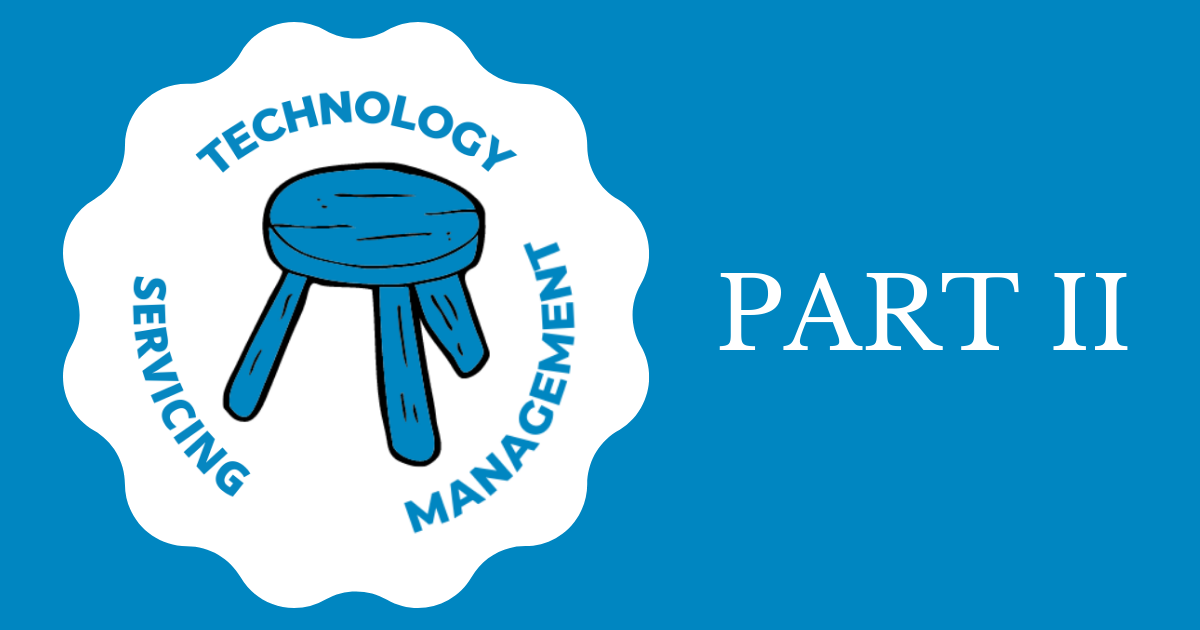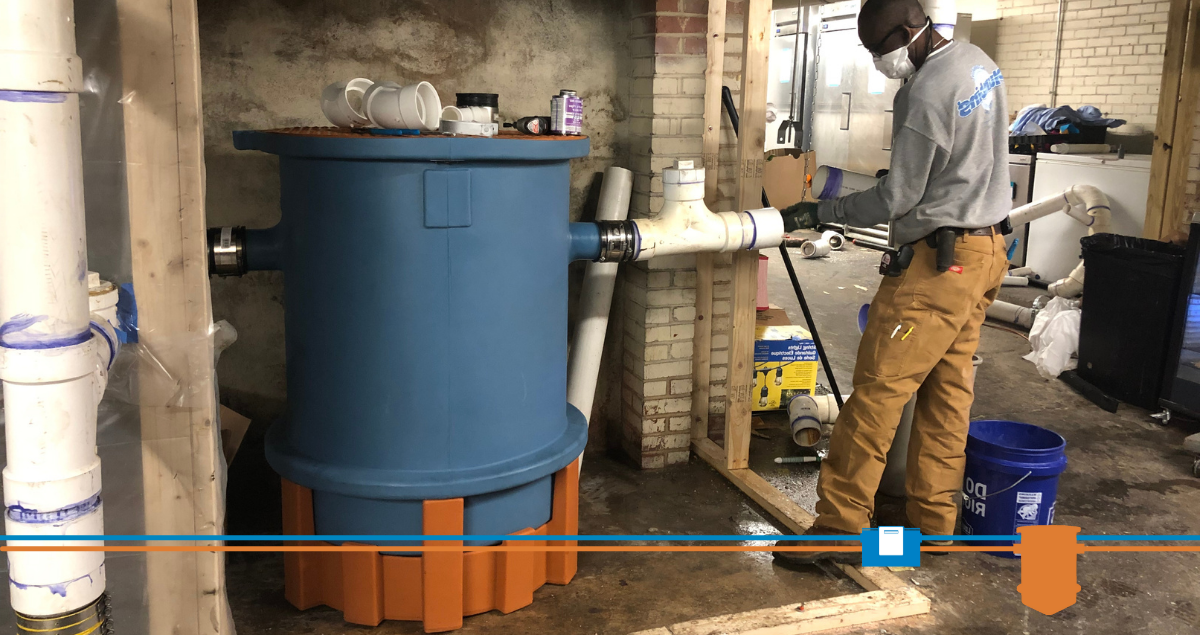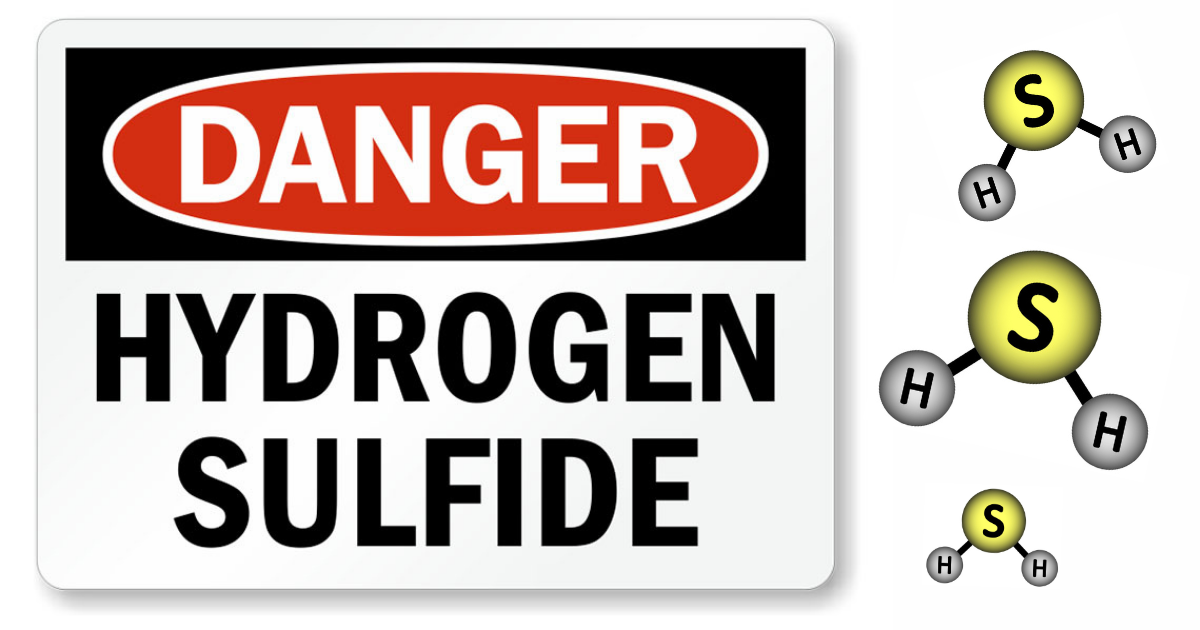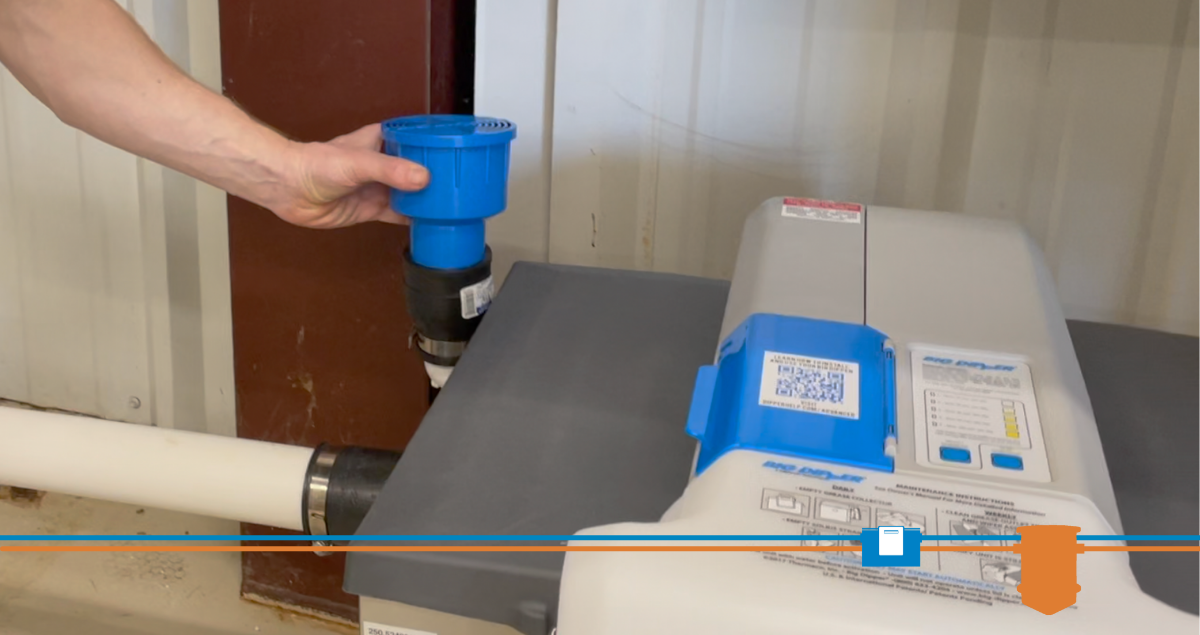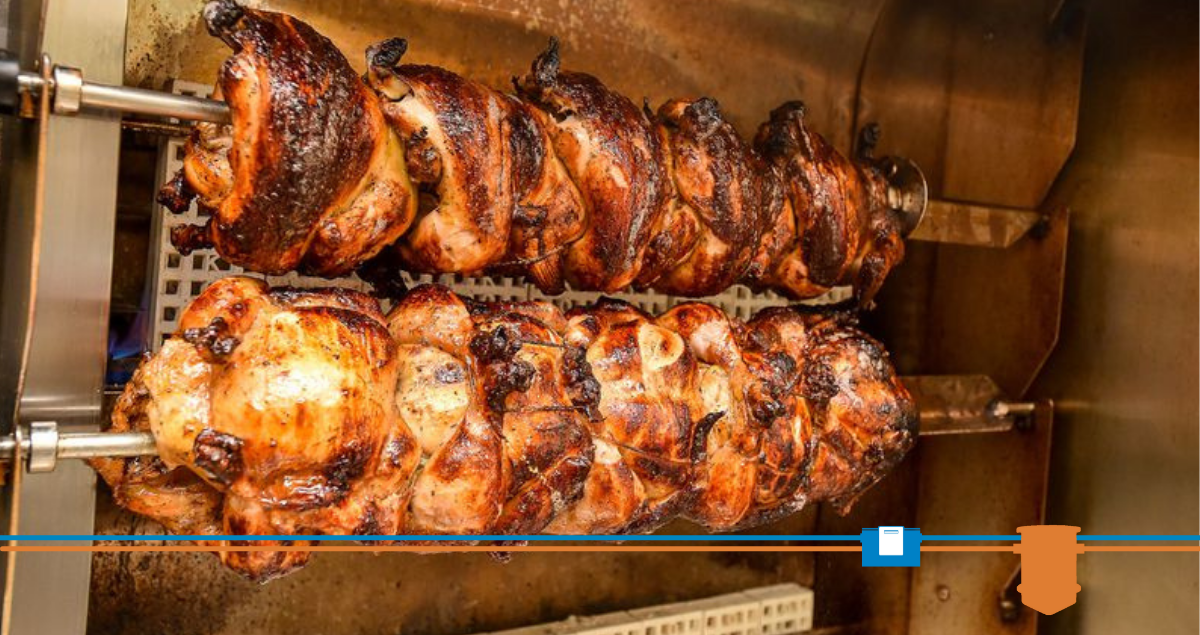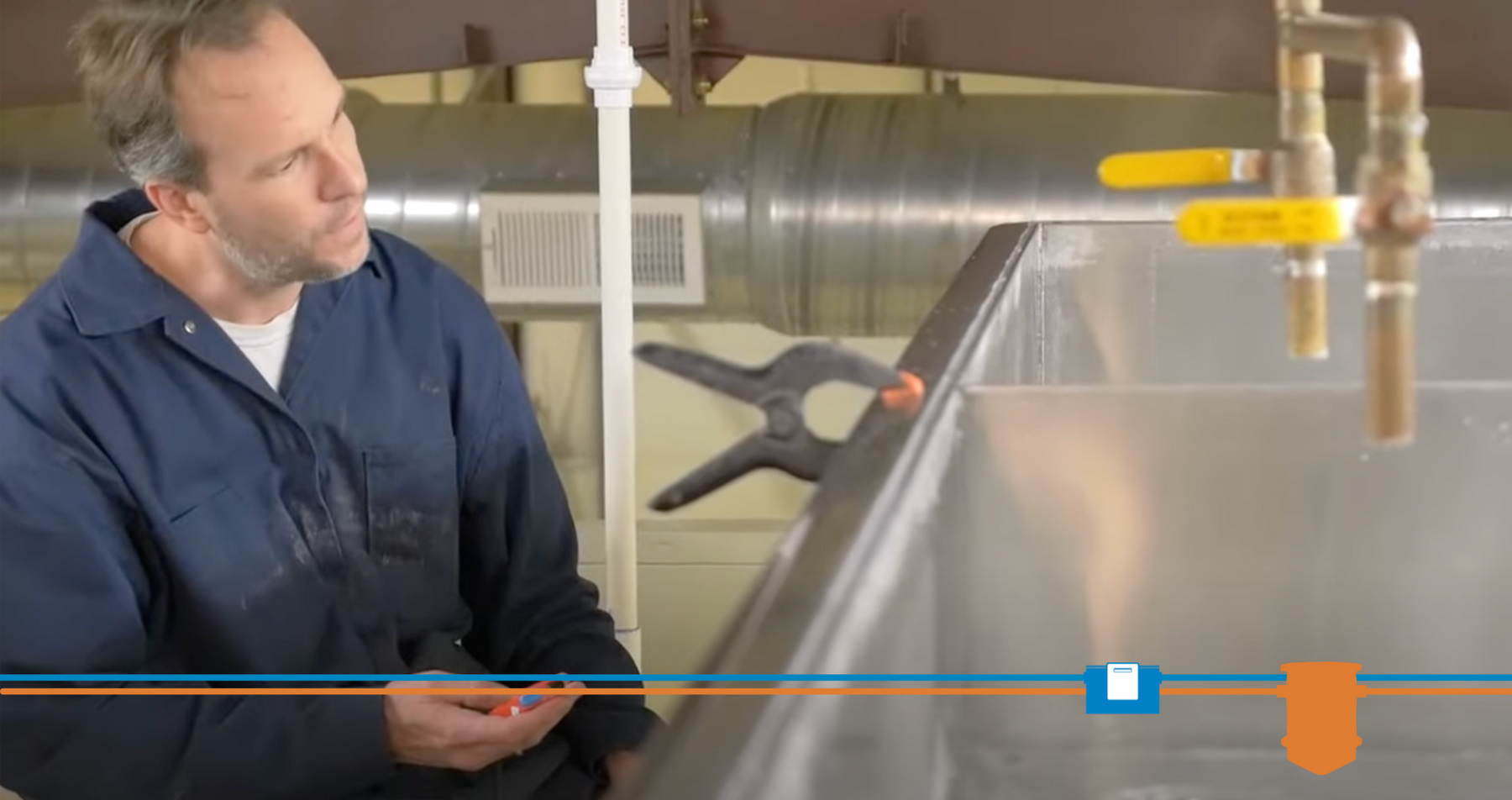3-Legged Stool Approach To Total Grease Management
- May 17, 2021
- 0 Comments
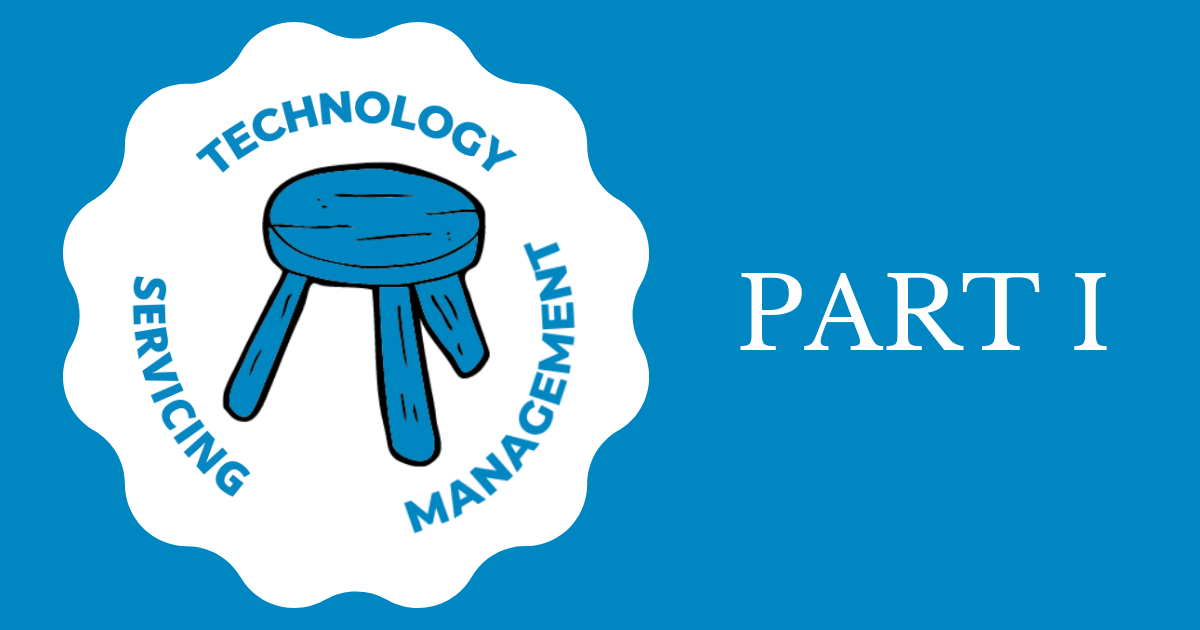
Best Management Practices 101
Why Well Implemented BMPs = Low Effluent Numbers and Happier FSEs
On a long flight about three decades ago, I sat beside a co-founder of a regional pest control company specializing in food service establishments. “We find kitchens with no food debris or water on the floor do not have insects – at all,” he told me. “We see spray chemicals eventually being restricted. We are transitioning our company to become more of a cleanliness practices training business.”
This company, Steritech, has done just that, growing into a national player by following its own Best Management Practices. The co-founder’s comment about food and water on the floor still rings true. Reduce the waste entering the plumbing drainage system and effluent numbers stay below the action range.
The concept is simple and practically guarantees success, yet few follow through on it. Why? How can we help foodservice operators “get it?”
What Are Best Management Practices?
Best Management Practices are just that — best MANAGEMENT practices. The great business guru Peter Drucker said, “If you can measure it, you can manage it”. The operative word is “manage.” Let’s delve into what that means academically and in practice. A Google search gives two definitions:
- To be in charge of (a company, establishment, or undertaking); administer; run.
- To succeed in surviving or in attaining one's aims, especially against heavy odds; cope.
To successfully use BMPs, you have to apply both definitions. And you must have clear tasks that help reach attainable goals. Here are a few examples for managing grease:
- All fryer grease is taken to the waste grease barrel before the end of the shift.
- Pots and pans are scrapped into the trash can before being put in the wash sink compartment.
- Material on the floor is swept and put into the trash can before beginning nightly washdown.
- Ventilation hood components are washed at the contractor’s premises, not at the foodservice establishment.
- New employees are trained in waste handling practices.
You get the picture. The tasks are clear and each one moves you toward reaching a goal of zero grease clogs and non-compliance fines.
The second part of the BMP process is having senior staff carrying out cleanliness inspections (assessments), ensuring BMP training is carried out, supporting BMPs as being important, and seeing that equipment is in good working order and being properly serviced. It’s not enough to just have measurable goals. You also must have management seeing that goals are always met.
Unfortunately, humans often fail at long-term BMP-type management. New menus, new cost initiatives, employee turnover, and other challenges demand attention. Kitchen operators may begin with BMPs that hit the target. Eventually, however, they get distracted and lax about their BMPs. Waste gets into kitchen drainage piping. Hence, pretreatment management mandates X, Y, or Z devices are installed to protect the city’s sewer system from the facility’s waste. It’s a failsafe for human nature.
If effective BMPs were followed consistently, there would be little need for downstream grease separators. Sites with grease separators could spread out pumping frequency.
So how do we help FSEs implement and continuously manage BMPs? Again, if we can measure it, we can manage it. We have seen pretreatment folks in cities small and large with effective BMP programs. This is what we’ve observed:
- They leverage the power of authority. Pretreatment staffs have an active outreach program of letters, emails, and telephone calls to specific audiences requiring attendance to training sessions.
- They have an ongoing educational program for FSEs, often in concert with the local Restaurant Association. Training is conducted in multiple sessions at differing times convenient to the attendees.
- They leverage the power of social proof (commitment and consistency). By having restaurant managers from different facilities attend this training, all attendees feel an increased sense of obligation and conformity.
- They leverage the power of liking. The training sessions are not positioned as critiques of FSEs. Rather, it is framed as a means of reducing their operating costs, improving their site sanitation, and lessening their regulatory risks.
- They leverage the power of reciprocation. Training also serves as a forum, where FSEs can share challenges and pretreatment staff can respond with insights, showing they care about the needs of the FSE and the larger community. This is all seen as a “gift” to the FSEs. Gifts instinctively beget a need to reciprocate in kind through better implementation of BMPs.
- They leverage the power of Scarcity. Foodservice establishments have limited time and money. So pretreatment staff clearly state FSEs can implement and keep an eye on BMPs now or face spending an unending amount of their scarce time dealing with compliance deviations. “Pay a little now or pay a lot later,” is a powerfully compelling scarcity argument.
- They leverage the power of commitment and consistency – a powerful motivator for humans. Always use written communications where mutually agreed steps/actions are stated by FSE management and the pretreatment authority person. These constitute signed agreements in a sense. Subsequent enforcement is much more effective with the conversation beginning again with: “You previously said you were going to do X, Y and Z, and it is not getting done.” Reminding them of their commitment is a powerful motivator. Think of it as power steering for these types of relationships.
Can it be this simple? Yes. BMPs for on-site pretreatment control are good for all concerned. FSEs that implement and continually assess their BMPs have better overall sanitation, lower operating costs, and happier staff. What’s not to like about that?
If you would like to learn more about the influence factors cited above, read “Influence: The Psychology of Persuasion” by Dr. Robert Cialdini.


